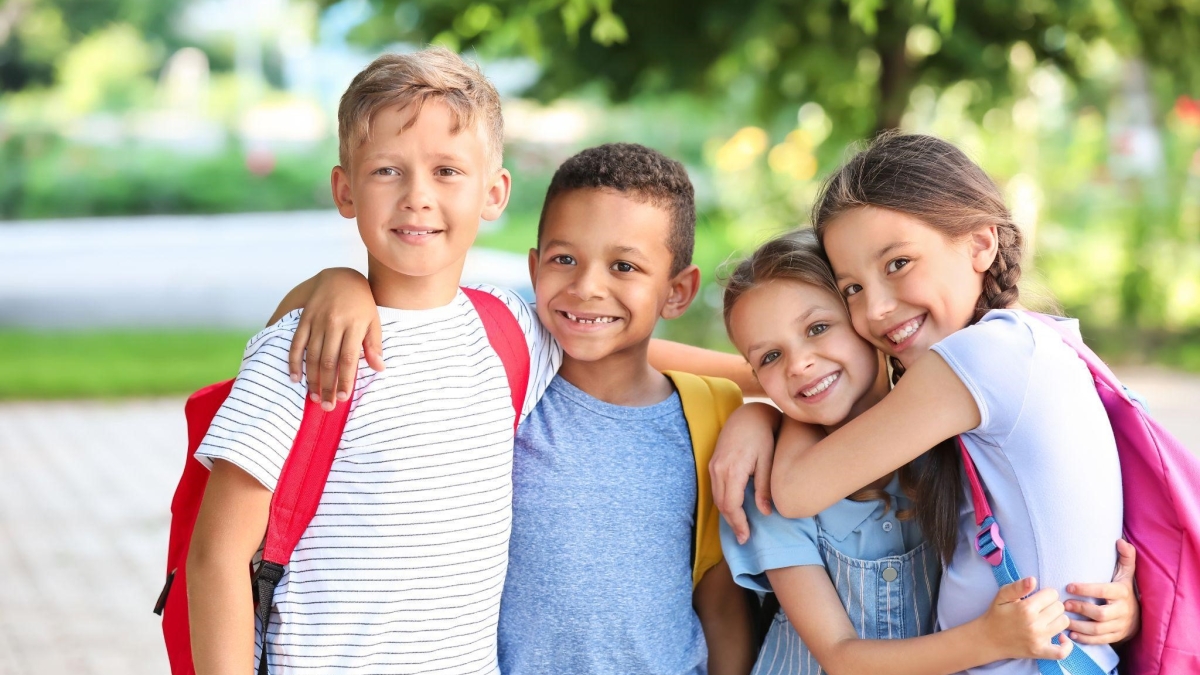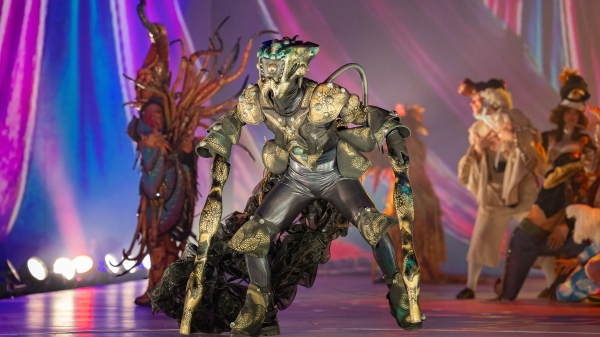How parents can help kids feel connected at school

Research has shown that positive peer relationships are likely to increase academic engagement, support mental health and reduce bullying. Stock photo
Back-to-school season can be intimidating for kids: new grade levels, unfamiliar teachers and classmates they’re not yet acquainted with. It’s a different set of dynamics and expectations for children to adjust to — hurdles necessary for growth.
Amid these transitions, forming healthy friendships is crucial for a child to feel supported and thrive at school. Research has shown that positive peer relationships are likely to increase academic engagement, support mental health and reduce bullying.
Peer relationships also contribute to lifelong social skills, which are crucial given the trends of increased social isolation and reduced face-to-face interactionAccording to a 2023 report from the U.S. surgeon general, young people aged 15 to 24 years are spending 70% less time in person with friends than they did almost two decades ago. among youth.
So what can parents do to ensure their children develop a healthy support network at school?
ASU News asked Laura Hanish, a professor in the T. Denny Sanford School of Social and Family Dynamics and executive director of the T. Denny Sanford Harmony Institute — a research and translation initiative focused on promoting children's healthy relationships and well-being — to chime in.
Hanish has extensive experience working with children and analyzing peer relationships, bullying, positive classroom environments and the significance of coeducational settings. She has published approximately 100 studies in respected outlets and served on review panels with top organizations such as the National Institutes of Health.
Below, Hanish shares why peer relationships matter and offers insights on how parents can set their kids up for a year of healthy socializing at school.
Editor's note: Responses have been lightly edited for length and/or clarity.
Question: Why are positive peer relationships at school so important?
Answer: Positive peer relationships are those where children feel connected to others, supported and cared about. Having friends matters. Children can also have positive relationships with peers who might not be the closest of friends. Feeling liked, accepted and comfortable with peers in general also matters.
Having positive peer relationships is important for children’s well-being in all domains of functioning. It is a foundation for learning new skills and physical and mental health. At school, positive peer relationships make it easier for children to engage and participate in classwork and to learn with and from one another. This promotes learning and achievement.
Q: What factors influence positive peer relationships at school?
A: Children’s early relationships provide the foundation upon which peer relationships develop. Peer relationships do not occur in a vacuum. Children who enjoy positive relationships at home, with parents and siblings, are already learning the skills they need to connect with their peers.
Furthermore, children need opportunities to interact with peers. Enabling children to work or play collaboratively with their peers in shared and positive activities is essential for relationships to develop. Children also need repeated opportunities to interact with the same peer as well as opportunities to interact with different peers. Adult guidance and support, especially at times when children are challenged in peer interactions, can help children build the skills they need.
Q: Does gender matter in peer relationships?
A: Although we often think of positive peer relationships as occurring among children who are most similar to one another, such as children of the same gender, relationships with peers who are less similar, such as children of different genders, can be especially beneficial in helping children to feel connected and safe at school.
Moreover, children learn from their peers. Experiences with peers of a different gender widen the array of interactional experiences that children have and can help them become more well-rounded, both in academics and outside of it.
For instance, in our research, we have learned that gender-integrated relationships at school can strengthen girls’ beliefs in their ability to do math and boys’ beliefs about their reading abilities, leading to improved math achievement for girls and improved English-language achievement for boys. We have also learned that children with more supported opportunities to engage with other-gender peers play more with others and have higher-quality interactions with both same- and other-gender peers.
Q: What can parents do to support positive socializing at school?
A: Parents can help children by providing them with opportunities to play with peers. When playtimes are unstructured (in other words, when children have the freedom to direct their own play activities), children have the flexibility to try out and build new skills. It’s also important to note that having healthy peer relationships deters bullying and minimizes the impact of bullying on children’s well-being.
Parents can also help by being aware of any challenges that their children are facing in interacting with peers and supporting them as needed. This could entail collaborating with other parents, teachers or professionals. Paying attention to children’s emotional state, such as whether they are feeling sad, anxious or angry, can give clues as to potential peer problems.
Q: Looking ahead, what areas of research do you see as crucial for continuing to understand and improve children's peer relationships?
A: Schools and teachers are tasked with many responsibilities, which can make it difficult to implement complicated relationship-building activities in the classroom. Strategies for effectively supporting peer relationships at school that are easily integrated into the learning environment, such as those that are simple, take little to no extra time and are connected to academic activities, are the wave of the future.
More Arts, humanities and education

ASU alumna makes her way back to the ASU Gammage stage for '¡azúcar!'
As the Los Angeles-based CONTRA-TIEMPO dance group prepares for its upcoming production “¡azúcar!” at ASU Gammage, for one member of the dance group it is also a nostalgic return to her home.Born in…

ASU FIDM professor wins international award for fantastical, sustainable creation
The horror of an ailing Earth inspired an Arizona State University fashion professor to create a fantastical garment out of sustainable, re-used and found materials that won a prestigious…

ASU workshop trains educators, professionals from marginalized communities in disaster science
As devastating as hurricanes can be to anyone caught in their paths, they strike marginalized communities even harder.To address this issue, a fund named for a former Arizona State University…
